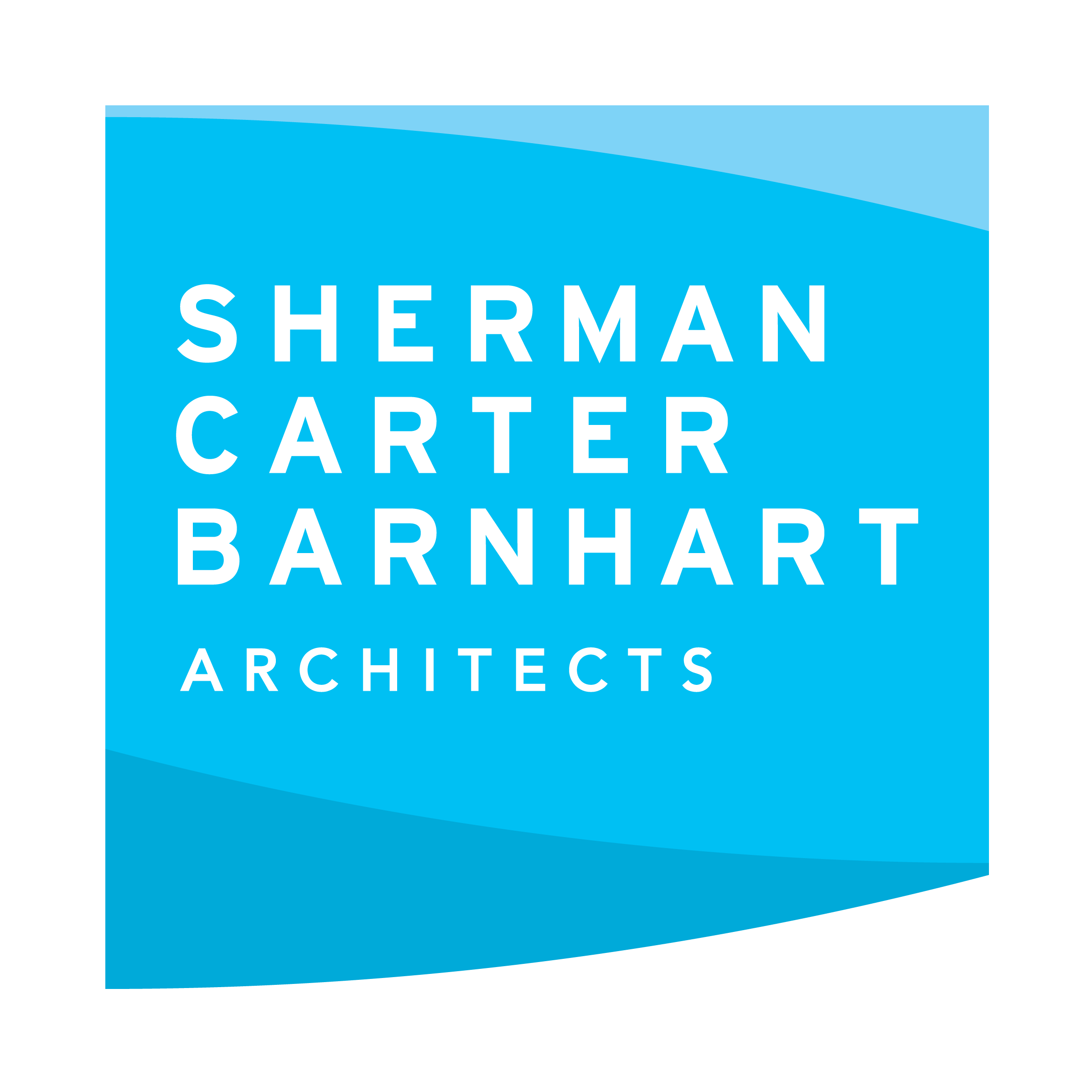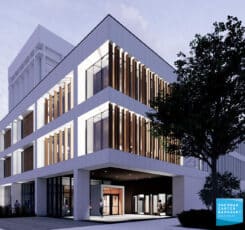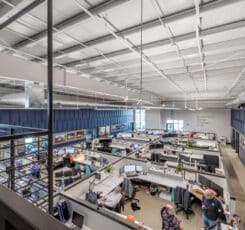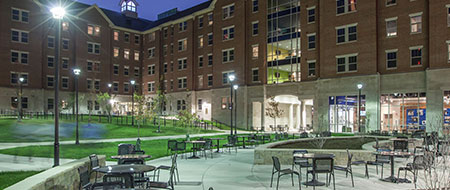Session Title: Facilities – How can building save you money to invest elsewhere?
Event: Kentucky School Boards Association Conference at the Galt House in Louisville
Time: 10:30 p.m. Sunday
Speakers: Christopher C. McIntyre, CFO/treasurer, Warren County Schools; Jennifer Cash, AIA, Associate Principal at Sherman Carter Barnhart; and Chad Riggs, project manager at CMTA
A/S Level II required topic: School Facilities* (or A/S Level IV/V)
Sherman Carter Barnhart’s Jennifer Cash, AIA, Associate Principal, will be speaking with Chris McIntyre, CFO/Treasurer of Warren County Public Schools, and Chad Riggs of CMTA about saving money now and in the future through modern technology and school design.
Below is an interview with Chris Poore in which Cash offers a preview of what her session will cover.
Poore: What will be the focus of your part of the presentation?
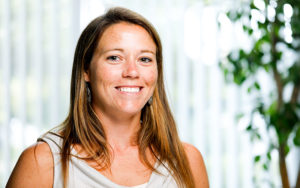 Cash: In my presentation, I hope to help everyone understand that by saving money in building, it allows a school district to pay for teachers and other expenses. That saved money can then go toward paying for awesome teachers. People typically glaze over when we start talking about efficient design and think “this doesn’t apply to me, you’re just designing an efficient building. How about you help me find ways to keep and energize my teachers?” If we saved them money by designing an efficient building, then that money would go toward paying those bills.
Cash: In my presentation, I hope to help everyone understand that by saving money in building, it allows a school district to pay for teachers and other expenses. That saved money can then go toward paying for awesome teachers. People typically glaze over when we start talking about efficient design and think “this doesn’t apply to me, you’re just designing an efficient building. How about you help me find ways to keep and energize my teachers?” If we saved them money by designing an efficient building, then that money would go toward paying those bills.
There are two pots of money we’re talking about here. One is the general fund that pays for teachers’ salaries and utility bills, and the other fund is restricted money for construction.
When we can design a building so efficiently that we’re reducing the energy bills to the level we have talked about, then that money can go directly into the classroom for awesome teachers.
Everybody is focused on pensions and how do we keep the money for the teachers? We’re focused on that as well. The way that we can help that situation is by designing schools that save on maintenance costs and save on utility bills. This means you have more teachers, better teachers that want to come to the district to teach in these really nice buildings.
Poore: What will be a few of the things that you highlight, big or small, that even a smaller district might remember or come away with?
Cash: Not every district can afford to build a new building. So how can we help them with the buildings that they have? In Warren County, for example, one of the ways we do that is we work with our engineers on a guaranteed energy savings contract, what that means is we work as a team in evaluating the schools. By using the guaranteed energy savings, Warren County can use the money to fund mechanical upgrades, including mechanical systems, and lighting. That money also helps with upgrades and finishes on the inside of the building. So it helps that pot of money stretch. I don’t want to say grow but stretch so that that money can be used toward improving the interior and the exterior of the building to generate staff and student excitement.
Poore: As you’re out there talking about this stuff and when you go to a school board meeting or even when you get a phone call in the office, what’s one of the more common questions people ask you as they’re sorting through whether they want to build a school like this?
Cash: If we’re talking about existing construction, they’ll say, “how can I do this for my school?” And “what kinds of things can be done for my school?” It’s as simple as mechanical systems upgrading to a more efficient system. If you have lighting, changing to LED lighting is a huge impact, which then takes that cost into account, and you can use that money to help allow for new ceilings, paint, even finishes within the building to upgrade it. That’s the way you help them with their existing facilities. In new facility construction, we look at life cycle materials, we do a comparison. A lot of districts currently deal with VCT (vinyl composite tile), and we say that’s one of those that you will have to replace in the next 10 years.
But if you’re willing to spend a little bit more upfront costs and go to LVT (luxury vinyl tile), then you’re looking at 20 to 30 years of life compared to 10 years of life. You’ll have a nicer finish and it’s no waxing or maintenance, just wet mop and it’s clean. Then if you look into porcelain tile, that takes it to the next level as far as cost, but it has an even longer life. Finally, there is Terrazzo, which of course has more upfront costs, but a 50-year life cycle. With terrazzo, you just wet mop it, and it stays the same and as beautiful.
Poore: What’s the biggest takeaway folks will get from your presentation?
Jennifer: The biggest takeaway I hope is that schools can save money in the design and construction so that over time they can take that money and apply it to hiring teachers, increasing salaries or funding resources for the district.
Want to know more?
CONTACT:
Jennifer Cash, AIA
Sherman Carter Barnhart Architects
859-224-1351
jcash@scbarchitects.com
